1. Terms
1.1 File up layer
Structures placed around and above the heating pipes to protect the heating pipes and make the ground temperature uniform.
1.2 Heat insulating layer
The structural layer laid under the filler layer and along the perimeter of the perimeter wall serves to reduce ineffective heat loss.
1.3 Expansion seam
In the filling layer in place, to prevent cracking and damage to the ground due to cold heat expansion.
1.4 Tube clamps
When using a method of fixing the heating tube directly on the composite thermal insulation layer, the plastic staples used.
1.5 Wire metting
Another type of low carbon steel wire textile component used for the fixed heating pipe method is laid on the surface of the heat insulating layer.
1.6 Belting
Fix the heating tube to the plastic band on the wire mesh.
2 Design Notes <for reference only>
2.1 design parameters brief design category residential design value room temperature °C18-22
Incoming and returning water temperature difference °C8-11
Floor surface temperature °C23-29
Heat output (w/m2)47-125
Flow rate (l/s) 0.02-0.15
Pressure drop (K/Pa) 20-40
Loop length (m) 60-120
Tube size (diameter mm) 16, 20, 25
Tube spacing (mm) 150-400
2.2 Example of Design Parameters <Watung Town Government>
2.2.1 Building area: ___m2
2.2.2 heating outdoor design temperature: -22 °C
2.2.3 Heating Interior Design Temperature: 18°C
2.2.4 Floor Heating Water Supply Temperature: 55°C
2.2.5 floor heating backwater temperature; 45 °C
2.3 warm surface temperature design
2.3.1 The average surface temperature of the laying floor of heating pipes Tep can be calculated according to the following approximate formula:
TPE=tn+9(q/100 0.909)
Where: q effective floor area heat dissipation (W/mm)
Tn indoor temperature (°C)
2.3.2 The average surface temperature Tep of the laying floor of heating pipes shall not exceed the following limits:
2.3.2.1 Persons staying in the area for a long time at 28°C (preferably 24-26°C;
2.3.2.2 Short-term residence of personnel at 32°C (preferably 28-300°C;
2.3.2.3 No personnel stay area 42 °C (preferably 35--40 °C;
Note: Limits are defined as the average surface temperature that is reached only for the shortest time in the coldest days.
3 Materials Selection <for reference only>
3.1 The choice of heating coil should be based on the temperature of the system's heat medium, the use of conditional levels, design work pressure, system water quality requirements, and the physical and mechanical properties of the pipe and other factors. In the actual construction process, the most widely used is: cross-linked polyethylene (PE-X) pipe, 20mm * 2.0mm.
3.1.1 The following is a comparison of the physical and mechanical properties of each pipe used for floor heating.
Item Unit Specification Cross-linked Polyethylene Pipe (PEX) Crosslinked Aluminum-Plastic Composite Pipe (XPAP) Polybutylene (PB) Heat-Reinforced Polyethylene (PE-RT)
Density g/cm 3≥0.93----≥0.92 0.933
Longitudinal length shrinkage% ≤ 3---- ≤ 3 ≤ 3
Tensile strength at yield (23+1 0) Mpa 16≥23 17 16.5
Elongation at break (23+1 0)%≥400≥350≥125≥800
Thermal conductivity W/(mk) 0.41 0.45 0.22 0.4
Linear expansion coefficient Mm/(mk) 0.200 0.025 0.130 1.95
3.1.2 The commonly used cross-linked polyethylene pipes are described in detail.
Cross-linked polyethylene pipe (PE-X): (Cross linked polyethylene pipe)
The polyethylene or ethylene copolymer with a density of ≥ 0.94 g/cm3 is added with an appropriate amount of auxiliary agent to chemically or physically crosslink its linear macromolecules into a three-dimensional network of macromolecular structures. The finished pipe is usually marked with PE-X. Its long-term use at 0 °C ~ 95 °C and 0.6MPa pressure, life up to 50 years. Cross-linked polyethylene (PEX) pipe is suitable for low temperature floor radiation system, its compressive strength (more than 8 kilograms) than PP-R and PE-AL-PE pipe, a single structure, thermal expansion coefficient and concrete thermal expansion coefficient is close. The application of this pipe can greatly reduce the probability of cracking in pipes and concrete.
3.2 The choice of water separator
3.2.1 The manifold installation should be copper or brass.
3.2.2 The exhaust valve is provided for the return water.
3.2.3 The “Y†type filter should be set at the front end of the water supply.
3.2.4 Valves shall be provided for each branch of the water supply diversion pipe to regulate the amount of water.
3.3 Selection of heat-insulating panels It is advisable to use HDPE foam (polyethylene foam).
3.4 The choice of materials must have a factory certificate and inspection report of the relevant department.
4 The structure design of floor heating floor design, different areas, and different design units vary in the schemes adopted. Now only the situation of the internship site is described.
4.1 Example 1: Warm Section of Building Materials Market
a.C20 fine stone concrete filling layer 60mm
b.PEX tube D=20
c. Steel wire mesh D=2, @=100*100
d. Heat insulation mat (with aluminum foil) 3mm thick
e. Waterproof layer (bathroom design)
f.Structural layer
PET Filament Nonwoven Geotextile
Polyester nonwoven filament geotextile made from virgin PET(polyester) chips, the continuous filament was extruded from PET chip by machine directly by spun bound process, and then punch together to get the stable 3D with higher strength fabric. So, it has high strength, good creep property excellent and erosion resistance aging-resistance, filtration, reinforcement and heat resistance.
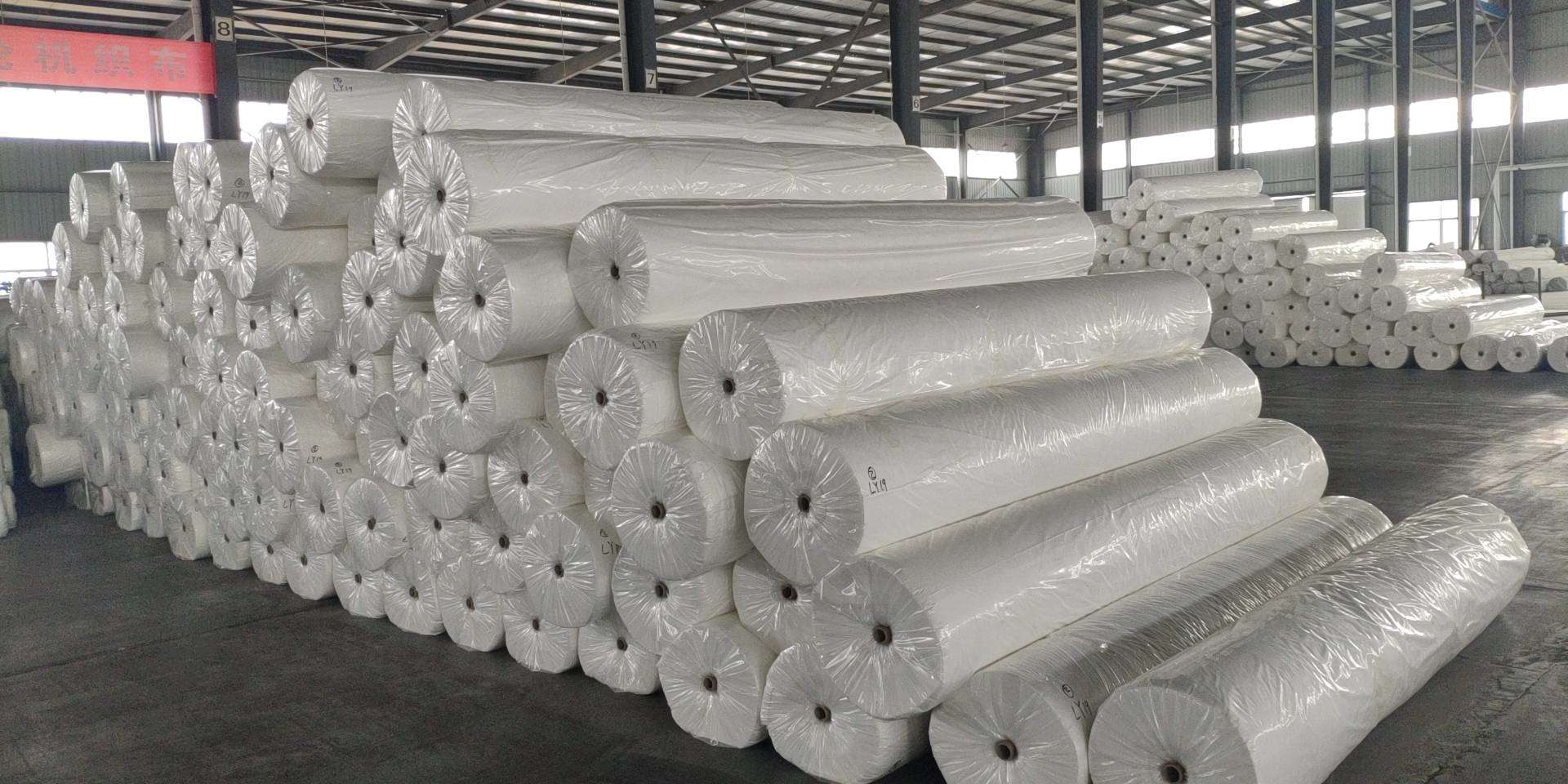
Specification:
(1). 80g/m2~1000g/m2
(2). 1m~8m in roll width, the length as client's request.
(3). Color: white , black , green or at your request
Property:
(1). Good flexibility, resistant to corrosion, resistant to acids and alkali, anti-oxidation
(2). Separation, filtration, drainage, reinforcement , protection and maintentance function.

| Gram weight | Thickness(mm) | Breaking strength(kn/m) | CBR burst strength(KN) | Elongation at break(% | Tear Strength(KN) | Sieve size O99(O35)mm |
| 100 | 0.9 | 2.5 | 0.3 | 25-100 | 0.08 | 0.07-2.0 |
| 150 | 1.3 | 4.5 | 0.6 | 25-100 | 0.12 | 0.07-2.0 |
| 200 | 1.7 | 6.5 | 0.9 | 25-100 | 0.16 | 0.07-2.0 |
| 250 | 2.1 | 8 | 1.2 | 25-100 | 0.2 | 0.07-2.0 |
| 300 | 2.4 | 9.5 | 1.5 | 25-100 | 0.24 | 0.07-2.0 |
| 350 | 2.7 | 11 | 1.8 | 25-100 | 0.28 | 0.07-2.0 |
| 400 | 3 | 12.5 | 2.1 | 25-100 | 0.33 | 0.07-2.0 |
| 450 | 3.3 | 14 | 2.4 | 25-100 | 0.38 | 0.07-2.0 |
| 500 | 3.6 | 16 | 2.7 | 25-100 | 0.42 | 0.07-2.0 |
| 600 | 4.1 | 19 | 3.2 | 25-100 | 0.46 | 0.07-2.0 |
| 800 | 5 | 25 | 4 | 25-100 | 0.6 | 0.07-2.0 |
Shandong Jinruixiang geotextile material Co.,Ltd
Shandong Famous Brand
Certificate of Inspection of Quality:CRCC Certification
Enterprise of Abiding by Strictly Contract and Being Trustworthy
ISO9001:2008 Quality Management System Certification; National Industrial Production License.
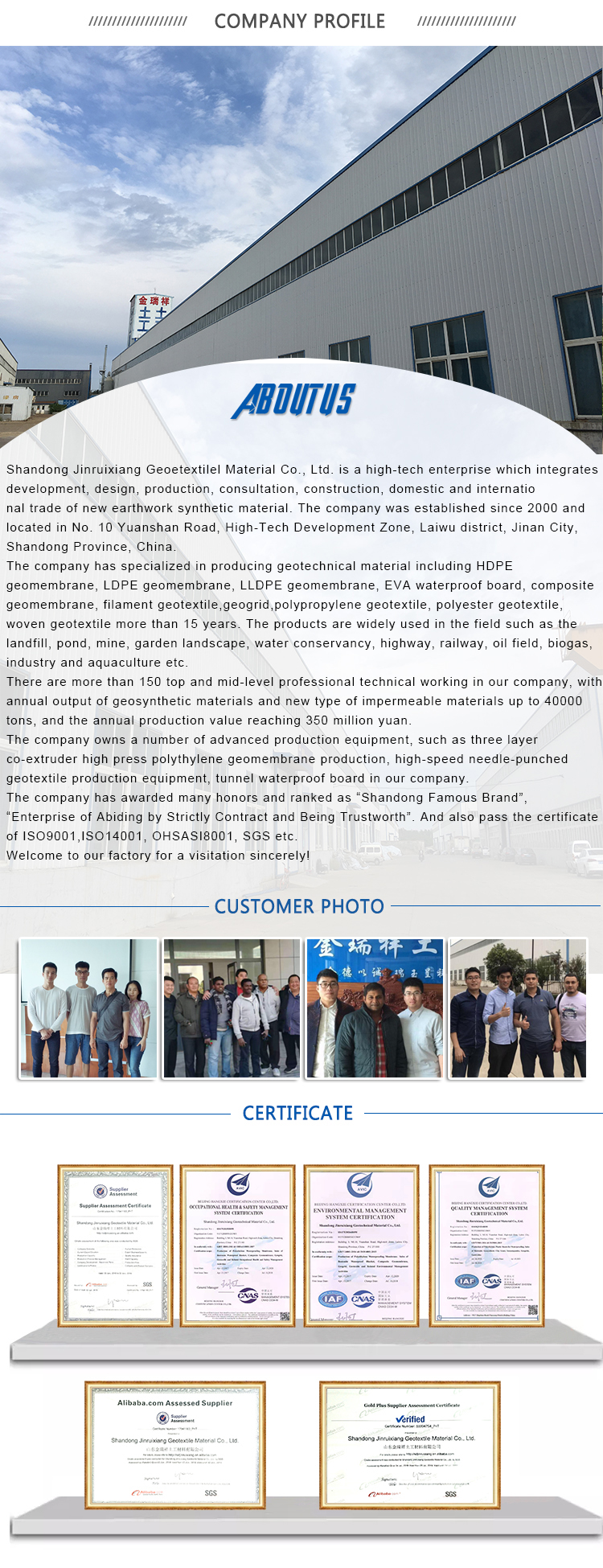
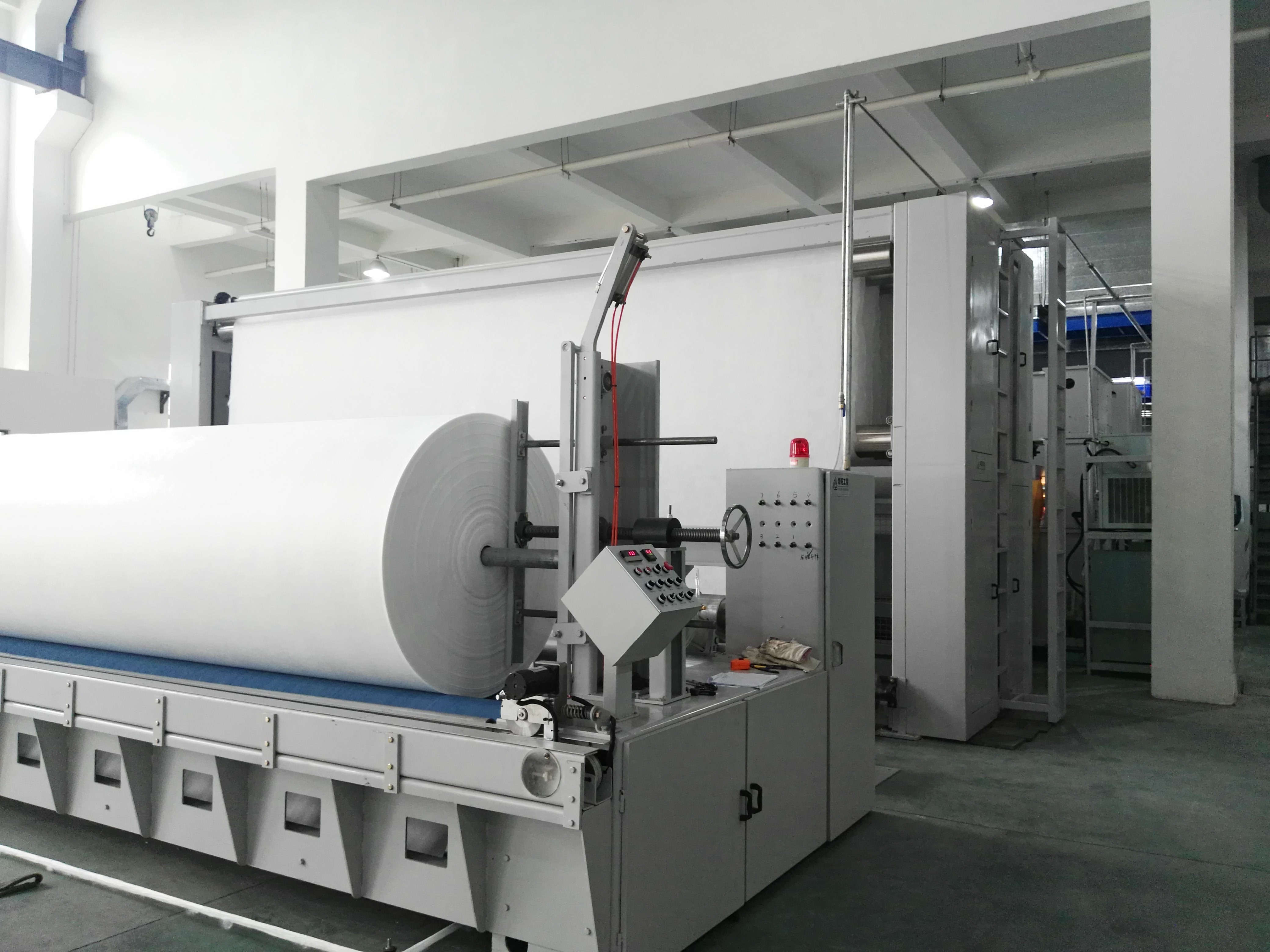
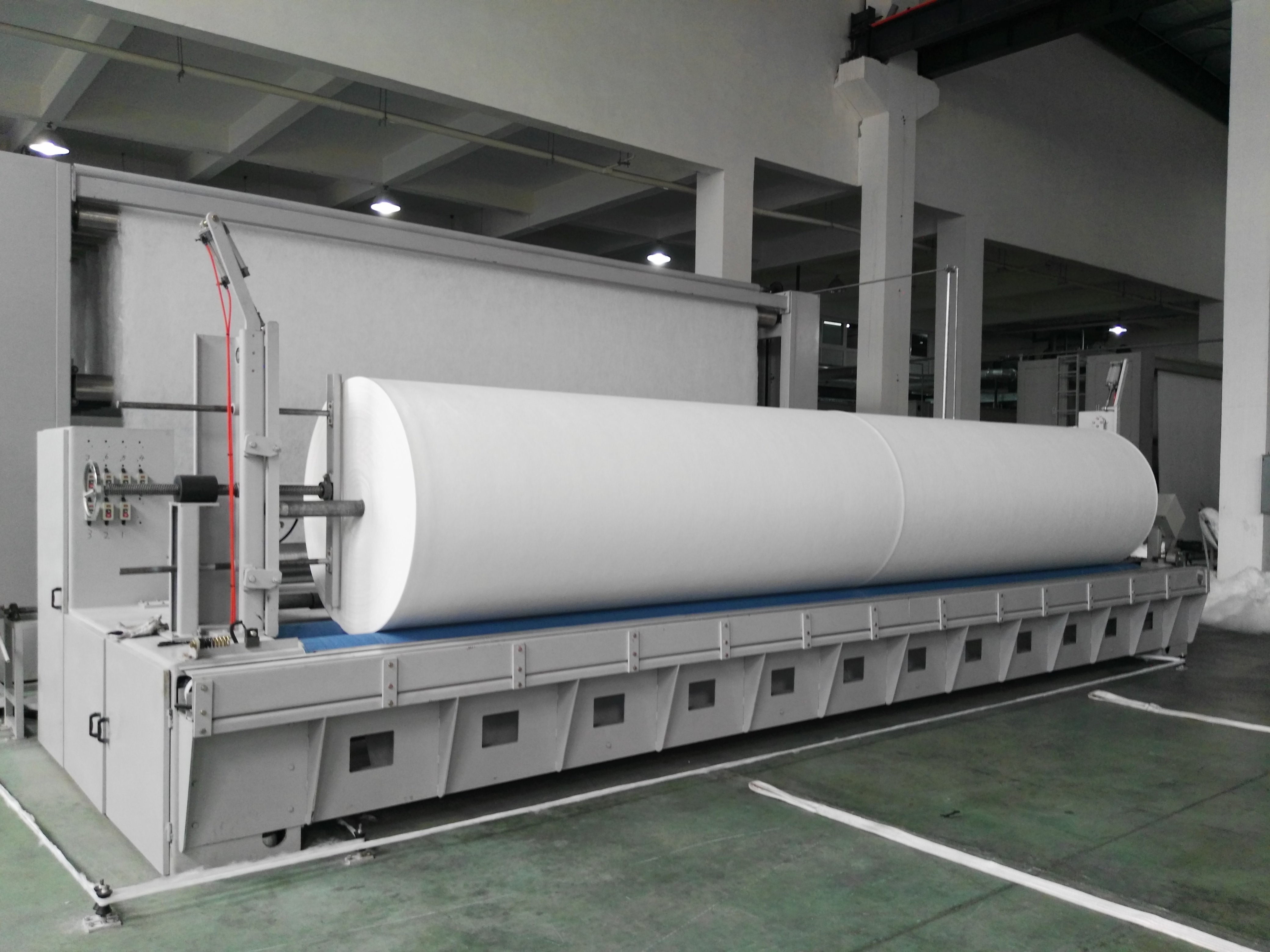



1.Water conservancy project and hydropower projects
2.Road paving, railway
3.Airport and port
4.River band protection and tunnel
5. Environmental protectiom, etc
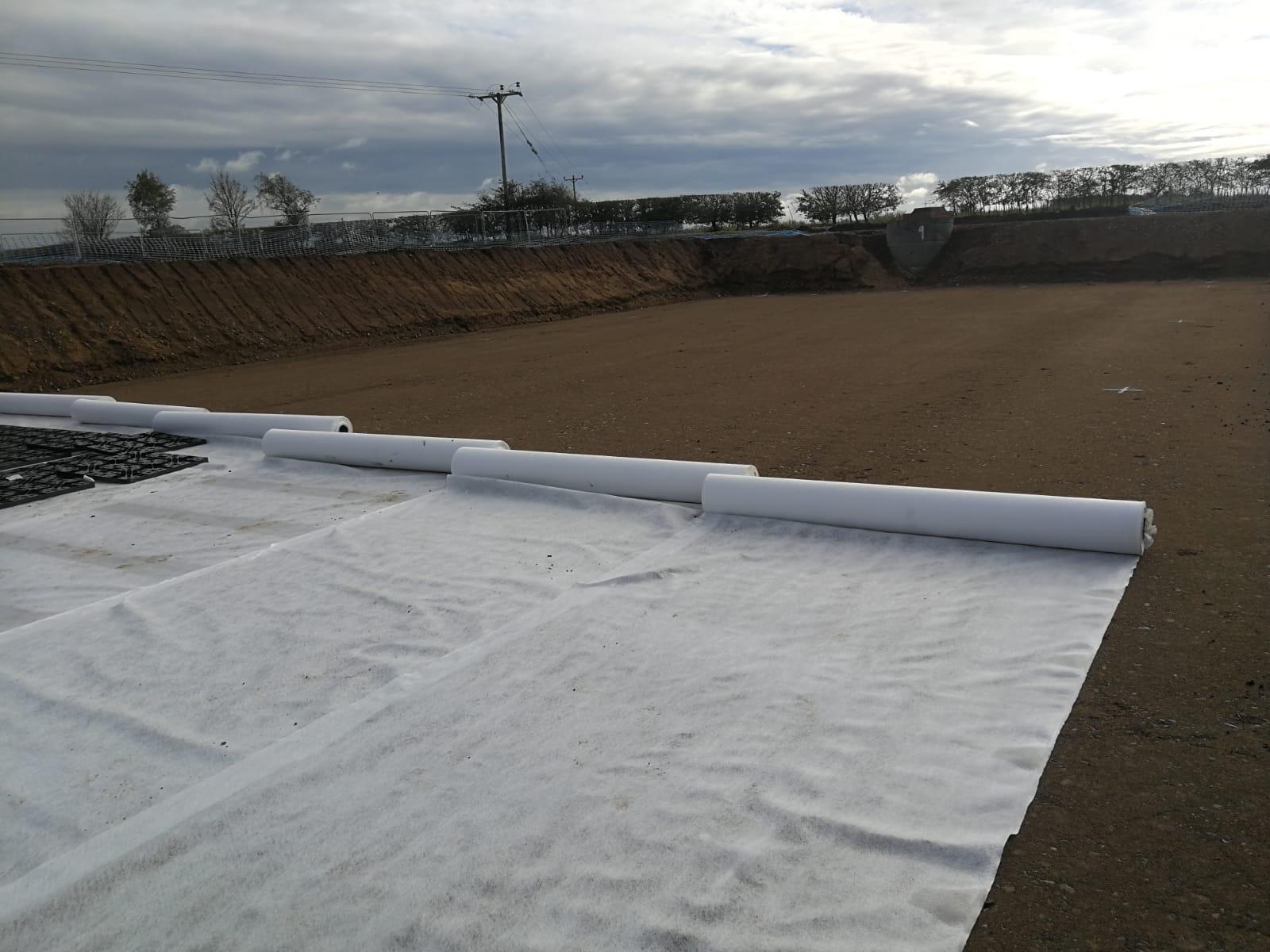
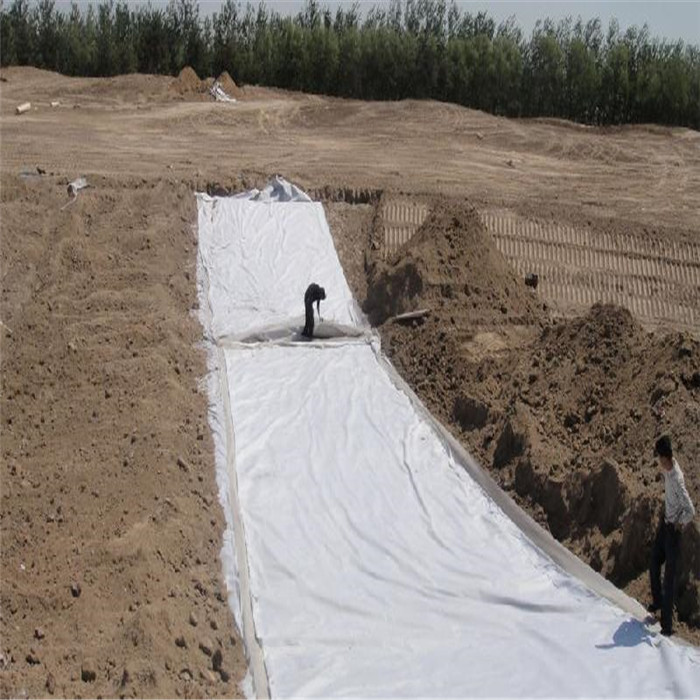
Packaging Details:
Nonwoven Geotextile is packed in the woven bags or follow your demand.
Keep it away from moisture and fire!!!
Delivery Detail:
Generally within 5-15 days after receipt 30%T/T deposit !


Long Fiber Geotextile,Polyester Geotextile Fabric,Polyester Nonwoven Geotextile,Elcoseal Geosynthetic Clay Liner
Shandong Jinruixiang Geotextile Material Co., Ltd , https://www.jrxgeosynthetics.com